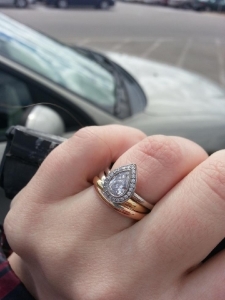Are certain pave types more durable than others (i.e. less prone to having a stone fall out)? I have read Leon Mege's description of the different types, but it's hard to know which is most durable: http://www.leonmege.com/index.php/rules-of-engagement/resources/pave
Also, I have no idea what "french cut pave" means: http://www.jamesallen.com/engagemen...16ct-pave-set-diamond-engagement-ring-item-18
I would assume that the skill of the setter makes more difference than anything else, but generally, are certain pave more durable than others?
Also, I have no idea what "french cut pave" means: http://www.jamesallen.com/engagemen...16ct-pave-set-diamond-engagement-ring-item-18
I would assume that the skill of the setter makes more difference than anything else, but generally, are certain pave more durable than others?




300x240.png)